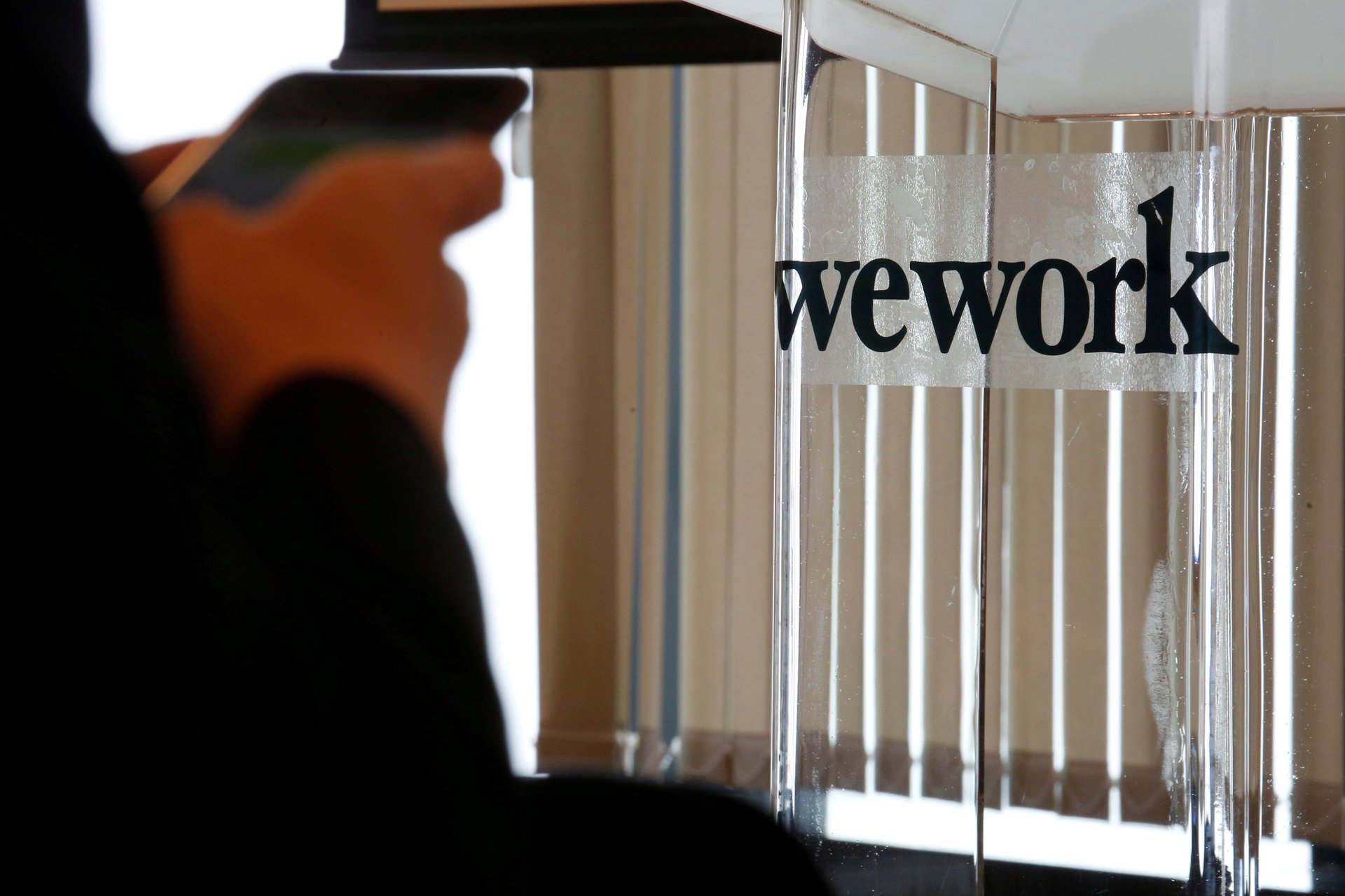How taxpayers may wind up subsidizing Uber and WeWork’s losses
Our lives increasingly involve products or services from companies that do not, and may not ever, earn a profit. As the Atlantic’s Derek Thompson recently pointed out, if you wake up on a Casper mattress, take an Uber to a WeWork office space, and have your lunch delivered by DoorDash, you’ve interacted with companies that lost a combined $13 billion last year. If a company is losing money and still selling its product, someone is subsidizing it, and by extension, subsidizing your cheap rides and the beer at your co-working space. As it turns out, the person doing the subsidizing could be you.


Our lives increasingly involve products or services from companies that do not, and may not ever, earn a profit. As the Atlantic’s Derek Thompson recently pointed out, if you wake up on a Casper mattress, take an Uber to a WeWork office space, and have your lunch delivered by DoorDash, you’ve interacted with companies that lost a combined $13 billion last year. If a company is losing money and still selling its product, someone is subsidizing it, and by extension, subsidizing your cheap rides and the beer at your co-working space. As it turns out, the person doing the subsidizing could be you.
The reason these companies can stay in business is the money they get from investors—usually venture capital firms that fund startup companies. The investors hope to earn their money back when the firms exits—either through an acquisition by another firm or by going public. It shouldn’t be surprising that when these negative-profit-tech-unicorns do go public, the price the market puts on them is often lower than what private investors thought they were worth. (WeWork’s aborted IPO last month being only the latest example). Things like profitability, long-term growth prospects, and stable management matter to public investors. In theory they should matter to any investor public or private, but many investors in private markets face different incentives, and profitability is not high on their list.
Fund managers—of sovereign wealth funds, endowments, and public pensions—are often judged by their ability deliver higher returns than the market average each year. This is especially true for public pensions, which manage the retirement funds of state and municipal employees. For them, beating the market average is critical otherwise the funds must acknowledge they are underfunded. For years it was too easy for fund managers to promise future benefits without putting aside enough money for pay for them. Because public pension funds estimate the cost of those future benefits using their expected return on their investments, their managers have an incentive to be overly optimistic in their return assumptions and to invest in assets with more risk.
For fund managers, private markets—where investments are illiquid and very hard to value—are often more attractive than publicly traded stocks, where consistently beating the market is very difficult to do. A fund invested in private equity and venture capital can boast a high return on its investments, though in fact these return assumptions tend to be opaque and don’t account for risk. This isn’t much concern for some institutional investors because they can credibly claim a high return each year and needn’t account for risk. California’s public pension manager, CALPERS, claims its private equity investments (which includes venture capital) returned 16.1% last year, 5% more than its investments in stocks. Whether or not it all pans out won’t be noticed until years from now, but fund managers are judged on their performance today.
It is not surprising public pensions have been investing more in private markets. Private equity now makes up about 9% of their $4.3 trillion in assets.
Private equity has also become more popular for endowments, and some credit the influence of Yale’s David Swensen, who popularized private markets to boost returns. Some private equity investment pays off, but its rising popularity among fund managers, who are judged on annual performance, can also explain why such a large share of investors with deep pockets have become disconnected from profit.
Private equity funds post returns institutional investors investors can use to prove their investing prowess. But if there is no successful exit, years down the line, they will lose money. And it is important to remember when it comes to pension funds, that money came from tax payers and public sector workers like teachers and firemen. When lofty returns are not realized, the pension funds will face a shortfall, and either tax payers will need to make up the difference or pensioners will face benefit cuts. So far, public pension bankruptcies are rare, but more are projected in the next twenty years as populations age and the pensions funds—already underfunded—run through their assets. Under-performing investments will mean more bankruptcies sooner. Because pension benefits are usually guaranteed to never be cut by state constitutions, typically a bankruptcy means higher taxes and fewer public services.
In the meantime we all get cheap Uber rides.